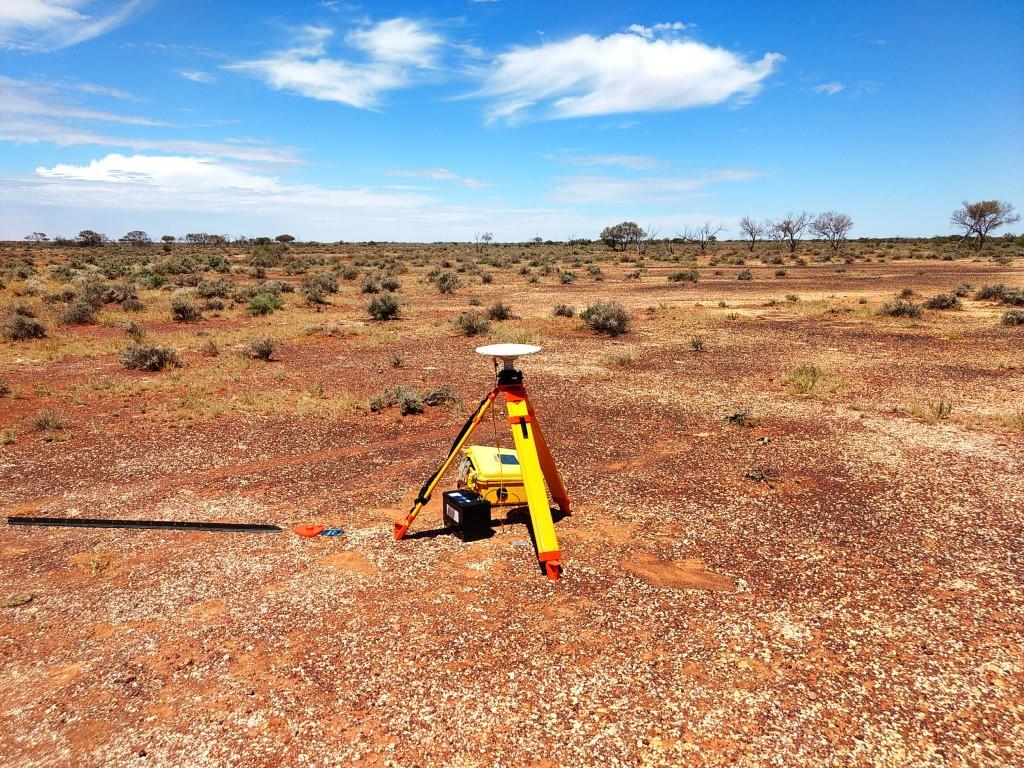News
Hayabusa2 re-entry to improve Australia’s satellite positioning
Published:9 December 2020
Hayabusa2 re-entry to improve Australia’s satellite positioning
Geoscience Australia has monitored the re-entry of the Hayabusa2 sample capsule through the Earth’s atmosphere, providing valuable information to help improve the accuracy of GPS navigation in Australia.
The Hayabusa2 capsule landed at Woomera in South Australia on 6 December 2020 after a six-year round trip to the Ryugu asteroid billions of kilometres from Earth.
Branch Head of National Positioning Infrastructure at Geoscience Australia, Dr Martine Woolf, said scientists at Geoscience Australia worked with the Nagoya University in Japan to deploy monitoring equipment in the Northern Territory and South Australia to remotely monitor the Earth’s upper atmosphere.
“Hayabusa2 not only brought samples of great scientific importance back to Earth, it created a great opportunity to measure the effects of its re-entry on the atmosphere above Australia, where it was travelling at 40 times the speed of sound,” Ms Woolf said.
“This rare event allows us to use our network of Global Navigation Satellite System (GNSS) receivers to collect data on the structure and density of the ionosphere, a layer of atoms, molecules and charged particles surrounding the Earth, stretching from a height of about 50 km to more than 1,000 km.”
Part of the Earth’s upper atmosphere, the ionosphere grows and shrinks depending on the energy it absorbs from the sun. It is important to understand these effects, as they can affect radio waves used for communication and navigation.
“The data collected on Hayabusa2’s re-entry will help us to improve our algorithms and offer better accuracy for Australian GNSS users,” Dr Woolf said.
“This detailed information will enable calibration and validation of ionosphere models that will be used for future real-time precise positioning applications, such as improvements to the transport sector.
“It will also have future applications in hazard modelling such as for tsunamis.”
More information about the Hayabusa2 sample capsule recovery is available from the Australian Space Agency and Japan Aerospace Exploration Agency (JAXA).
Survey equipment was deployed at 12 sites in northern South Australia and southern Northern Territory to measure the impact of the returning Hayabusa2 sample return capsule on the Earth's atmosphere. The equipment comprises a GPS receiver (in a small suitcase sized box), and a GPS antenna mounted on a surveyor’s tripod. Pictured: Survey site 100km south of Coober Pedy.
